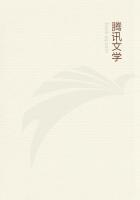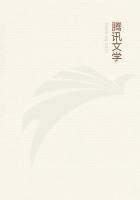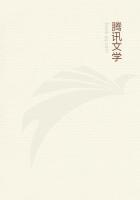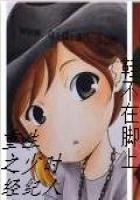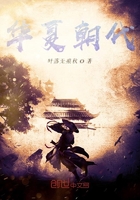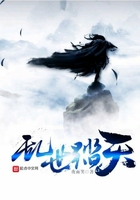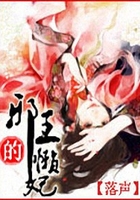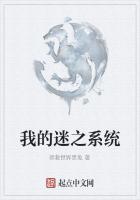We must first describe the phenomena and the circumstances in which each of them occurs. The halo often appears as a complete circle: it is seen round the sun and the moon and bright stars, by night as well as by day, and at midday or in the afternoon, more rarely about sunrise or sunset.
The rainbow never forms a full circle, nor any segment greater than a semicircle. At sunset and sunrise the circle is smallest and the segment largest: as the sun rises higher the circle is larger and the segment smaller. After the autumn equinox in the shorter days it is seen at every hour of the day, in the summer not about midday. There are never more than two rainbows at one time. Each of them is three-coloured; the colours are the same in both and their number is the same, but in the outer rainbow they are fainter and their position is reversed. In the inner rainbow the first and largest band is red; in the outer rainbow the band that is nearest to this one and smallest is of the same colour: the other bands correspond on the same principle. These are almost the only colours which painters cannot manufacture: for there are colours which they create by mixing, but no mixing will give red, green, or purple. These are the colours of the rainbow, though between the red and the green an orange colour is often seen.
Mock suns and rods are always seen by the side of the sun, not above or below it nor in the opposite quarter of the sky. They are not seen at night but always in the neighbourhood of the sun, either as it is rising or setting but more commonly towards sunset. They have scarcely ever appeared when the sun was on the meridian, though this once happened in Bosporus where two mock suns rose with the sun and followed it all through the day till sunset.
These are the facts about each of these phenomena: the cause of them all is the same, for they are all reflections. But they are different varieties, and are distinguished by the surface from which and the way in which the reflection to the sun or some other bright object takes place.
The rainbow is seen by day, and it was formerly thought that it never appeared by night as a moon rainbow. This opinion was due to the rarity of the occurrence: it was not observed, for though it does happen it does so rarely. The reason is that the colours are not so easy to see in the dark and that many other conditions must coincide, and all that in a single day in the month. For if there is to be one it must be at full moon, and then as the moon is either rising or setting. So we have only met with two instances of a moon rainbow in more than fifty years.
We must accept from the theory of optics the fact that sight is reflected from air and any object with a smooth surface just as it is from water; also that in some mirrors the forms of things are reflected, in others only their colours. Of the latter kind are those mirrors which are so small as to be indivisible for sense. It is impossible that the figure of a thing should be reflected in them, for if it is the mirror will be sensibly divisible since divisibility is involved in the notion of figure. But since something must be reflected in them and figure cannot be, it remains that colour alone should be reflected. The colour of a bright object sometimes appears bright in the reflection, but it sometimes, either owing to the admixture of the colour of the mirror or to weakness of sight, gives rise to the appearance of another colour.
However, we must accept the account we have given of these things in the theory of sensation, and take some things for granted while we explain others.
3
Let us begin by explaining the shape of the halo; why it is a circle and why it appears round the sun or the moon or one of the other stars: the explanation being in all these cases the same.
Sight is reflected in this way when air and vapour are condensed into a cloud and the condensed matter is uniform and consists of small parts. Hence in itself it is a sign of rain, but if it fades away, of fine weather, if it is broken up, of wind. For if it does not fade away and is not broken up but is allowed to attain its normal state, it is naturally a sign of rain since it shows that a process of condensation is proceeding which must, when it is carried to an end, result in rain. For the same reason these haloes are the darkest. It is a sign of wind when it is broken up because its breaking up is due to a wind which exists there but has not reached us. This view finds support in the fact that the wind blows from the quarter in which the main division appears in the halo. Its fading away is a sign of fine weather because if the air is not yet in a state to get the better of the heat it contains and proceed to condense into water, this shows that the moist vapour has not yet separated from the dry and firelike exhalation: and this is the cause of fine weather.
So much for the atmospheric conditions under which the reflection takes place. The reflection is from the mist that forms round the sun or the moon, and that is why the halo is not seen opposite the sun like the rainbow.
Since the reflection takes place in the same way from every point the result is necessarily a circle or a segment of a circle: for if the lines start from the same point and end at the same point and are equal, the points where they form an angle will always lie on a circle.
Let AGB and AZB and ADB be lines each of which goes from the point Ato the point B and forms an angle. Let the lines AG, AZ, AD be equal and those at B, GB, ZB, DB equal too. (See diagram.)Draw the line AEB. Then the triangles are equal; for their base AEB is equal. Draw perpendiculars to AEB from the angles; GE from G, ZE from Z, DE from D. Then these perpendiculars are equal, being in equal triangles. And they are all in one plane, being all at right angles to AEB and meeting at a single point E. So if you draw the line it will be a circle and E its centre. Now B is the sun, A the eye, and the circumference passing through the points GZD the cloud from which the line of sight is reflected to the sun.

